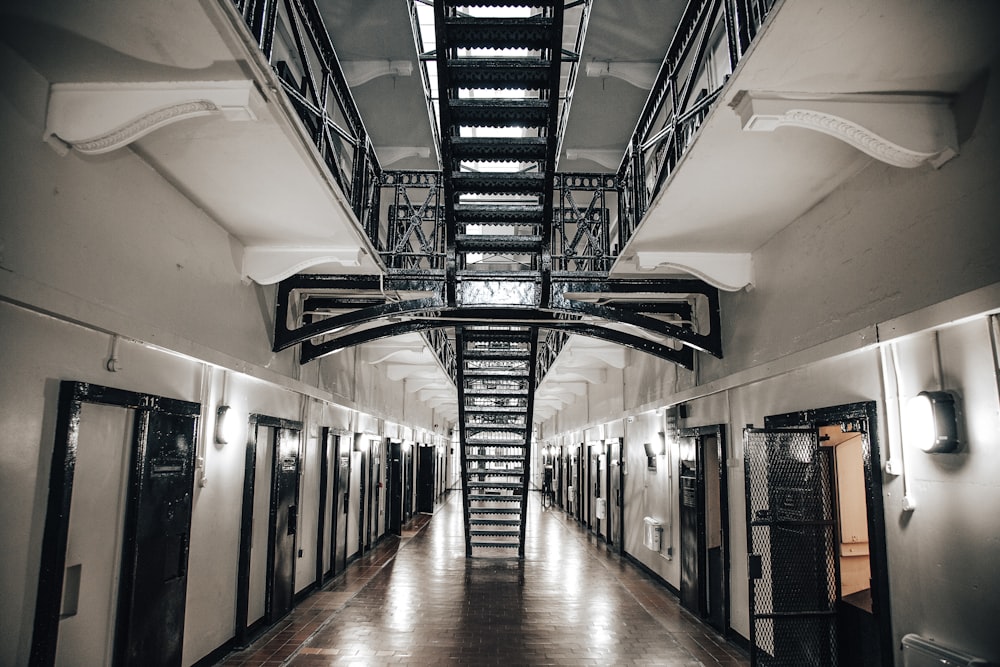Understanding Debtor’s Prison: A Historical Perspective
History of Debtor’s Prisons
Debtor’s prisons have a long and storied history dating back centuries. Originating in medieval Europe, these institutions were designed to confine individuals who were unable to repay their debts. The concept was rooted in the belief that debtors should be punished for their inability to fulfill financial obligations. Over time, debtor’s prisons became widespread across various countries, including England, where they were a prominent feature of the legal system during the 18th and 19th centuries.
Purpose and Function
The primary purpose of debtor’s prisons was to coerce debtors into paying off their debts through incarceration. Once confined, debtors were often subjected to harsh living conditions and limited access to basic necessities. The idea was that the fear of imprisonment would compel debtors or their families to settle their debts, thus serving as a deterrent against defaulting on loans. However, this punitive approach often led to further financial distress and perpetuated cycles of poverty.
Impact on Society
The existence of debtor’s prisons had far-reaching consequences for society as a whole. It created a system where debtors, often from marginalized communities, were trapped in a cycle of debt and imprisonment. Families were torn apart, livelihoods were destroyed, and communities suffered the economic and social repercussions. Moreover, the stigma associated with debtor’s prisons contributed to a culture of shame and secrecy surrounding financial struggles.
Reforms and Abolition
As societal attitudes towards debt and poverty evolved, so did the perception of debtor’s prisons. Advocates for social justice and human rights argued that imprisonment for debt was inherently unjust and counterproductive. In response to mounting criticism, many countries began implementing reforms to phase out debtor’s prisons. These reforms focused on alternative methods of debt resolution, such as debt counseling, restructuring, and forgiveness programs.
Contemporary Challenges
While debtor’s prisons have largely been abolished in many parts of the world, the legacy of these institutions continues to impact modern society. Issues such as predatory lending practices, economic inequality, and lack of access to affordable financial resources persist, leading to financial instability for many individuals and families. Furthermore, the stigma associated with debt remains a barrier to seeking help and support.
Legal and Ethical Considerations
The debate surrounding debtor’s prisons raises important legal and ethical questions. Should individuals be punished with imprisonment for their financial hardships? What are the responsibilities of creditors and financial institutions in assisting debtors in distress? How can society ensure fair and equitable treatment for all, regardless of their economic status? These complex issues require thoughtful consideration and collaborative efforts to address effectively.
Moving Towards Solutions
Addressing the challenges posed by debtor’s prisons requires a multi-faceted approach. This includes implementing comprehensive debt relief programs, promoting financial literacy and education, advocating for fair lending practices, and fostering a supportive environment for individuals facing financial difficulties. It also involves challenging societal norms and perceptions regarding debt and poverty, emphasizing empathy, compassion, and solidarity.
The Way Forward
As we reflect on the historical legacy of debtor’s prisons and their impact on society, it is crucial to prioritize compassion, fairness, and justice in our approach to debt and financial struggles. By working together to dismantle systemic barriers, promote economic empowerment, and foster a culture of understanding and support, we can create a more inclusive and equitable society for all. Read more about Debtor’s prison



